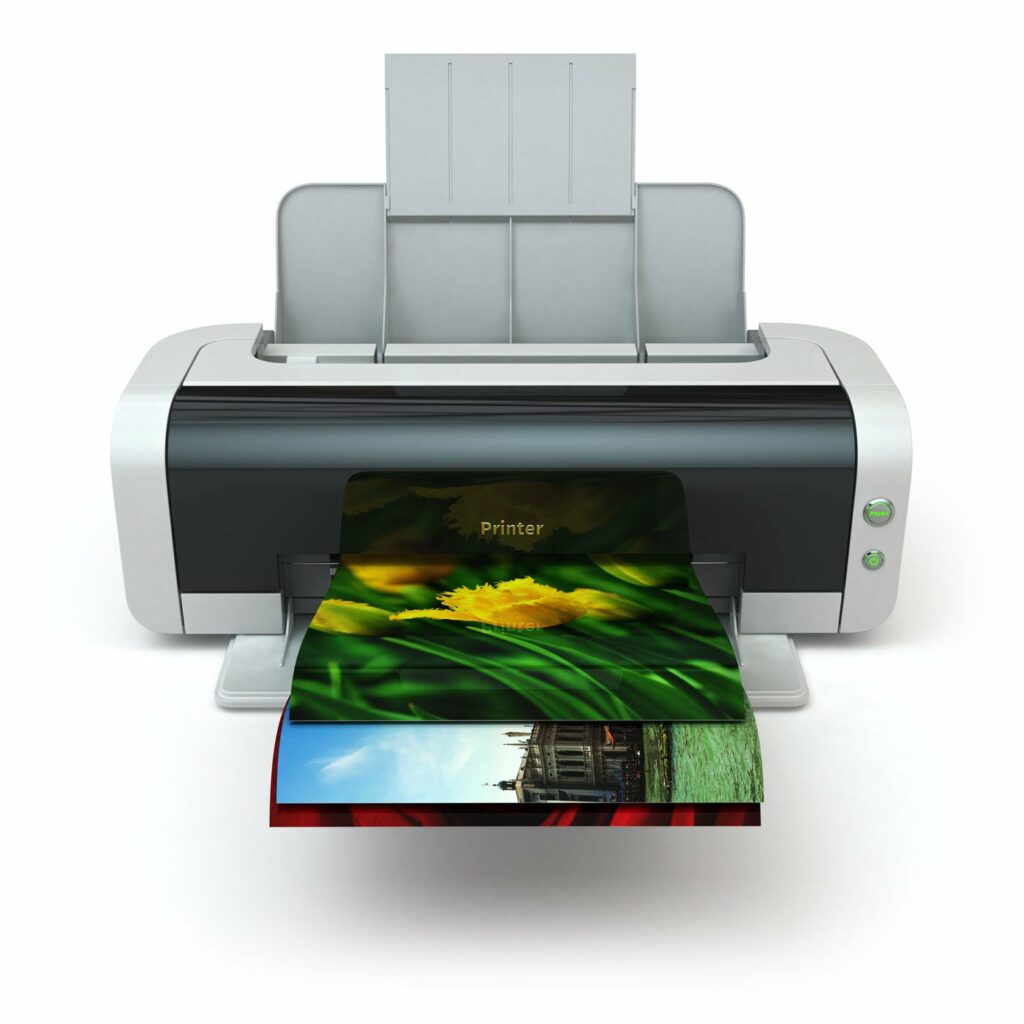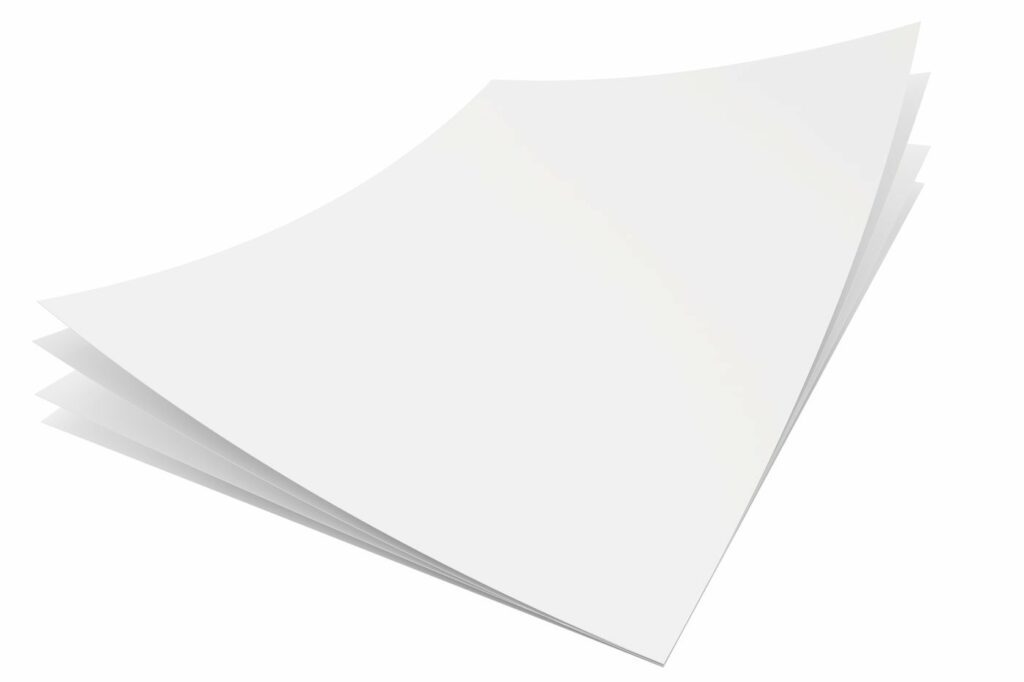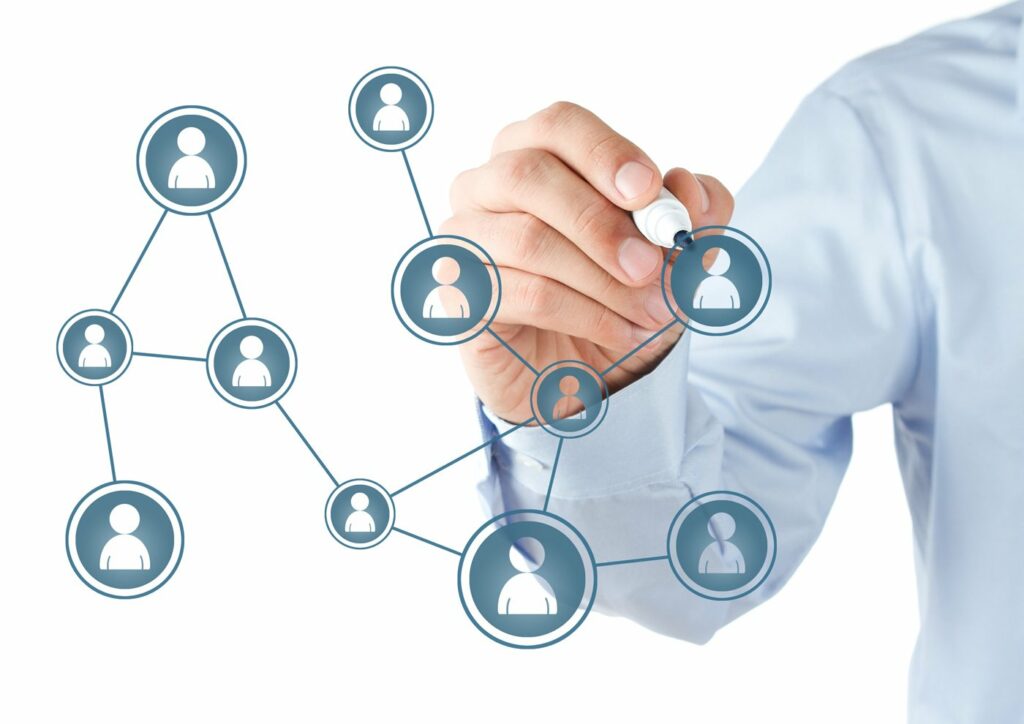Technology has progressed quite a bit since the 90’s. Today, what we define as the “office” has become a bit more abstract than a mere space for employees to gather and perform their tasks. Technology like the Cloud, teleconferencing, and various task managers have expanded the definition of an office to something that could be purely virtual, or some combination of virtual and physical.
In this post, we’ll be discussing what you need for your office to function in the competitive modern world.
Print Technology

Despite that fact that we’re continuing to move into a more digital age, modern offices still require print technology. What kind of printers you should have depends on your type of business and the scale of printing you need. Generally speaking, you will need to decide between inkjet printers or laser printers.
- Inkjet Printers: These use digital print heads that connect ink to paper. Their upfront costs and operating costs are usually low, however, keep in mind the cost of maintenance, which is usually higher than laser printers. Inkjet printers involve microchips that send signals to the printer when it has run out of ink, blocking the printer from printing until you replace the cartridge. These printers tend to be better for small offices that don’t have too much need for printing.
- Laser Printers: These printers use electrostatic lasers that put images on paper via a combination of powder toner and heat. Some advantages of laser printers include greater speed of printing, less cost-per-page, and a moisture-resistant end product.
Paper
Most paper can be used in both inkjet printers and laser printers. Paper actually comes in a large variety of styles.

- Matte: This type of paper can be used for virtually any basic printing needs, and is ideal for inkjet printers because their white coating allows ink to dry much faster. For quick document printing, matte paper is an excellent choice.
- Bright White: This is a great option for double-sided printing, as it is smooth and non-textured; ink will not be visible from one side to the other.
- Glossy: This is a great kind of paper for printing images; the images you print will be clean, sharp, and involve a lot of color contrast. It also absorbs ink very well, making for a very clear image.
- Card Stock: This kind of paper is thicker than other kinds of paper, making it durable and thus ideal for printing postcards, business cards, or for scrapbooking.
- Resume: This is a somewhat heavier kind of paper that has an off-white, creamy, ivory appearance. Use resume paper for printing resumes or CVs, as it is often used for information that’s of higher importance.
POS Supplies
A lot of modern offices require POS (Point Of Sale) supplies either for their customers, for business inventory tracking, or both. Receipt paper is something you will need for this. There are different forms of receipt paper you can choose from, namely:
- Thermal Paper Rolls
- Multi-Ply Paper Rolls
- One-Ply Paper Rolls
Smart Office Design

Today we have technology that can greatly influence the office environment, including:
- Lighting
- Heating
- Air circulation
- Facility forecasting
- Security
- Desk sensors
All of this can be controlled from your mobile phone. The right smart office design can save you energy costs as well as enhance employee productivity and efficiency.
Productivity Software & Apps
This technology can allow employees to easily network with one another, keeping everyone on the same page and allowing for easier completion of work tasks. This technology is usually intuitive and easy to use. Office space productivity can be greatly improved with the following office tools:
- The Cloud – Depending on your company’s needs, you can choose from a variety of packages available on The Cloud. These are designed to increase the efficiency of your company. Individual mobile apps can also be selected depending on your role in the company.
- Collaboration Suites – Office efficiency is impossible without good communication. You can choose a comprehensive communication software system for file-sharing, instant messaging, and project management. These can also be used for sharing notes, updates, ideas, and analytics.
- Management Software – These can make job tracking and project organization far more convenient. Management software includes Time and Attendance, Project Management, Cloud Print, Virtual Receptionist, Customer Relation Management, and Accounting and Asset Inventory.
Networking Solutions

Choose an information technology support team that can work with your Wi-Fi network to help you utilize VPNs (Virtual Private Networks), security software, and Cloud computing and printing that is more affordable. This is great for employees who work at remote locations. You don’t even need a physical office space with technology like this; your office will be fully virtual and everyone can be on the same page, even if they live cities, states, or countries apart.
For a foundation, you will probably need:
- Communication systems like VOIP, SIP, and cloud-hosted systems
- PCs like All-in-One
- Printers and fax machines
- USB flash drives so you can back up and transport data
- Routers and switches
- System monitoring
- Copy machines
Remote Workforce Technology
If you have a workforce that is scattered around the country or even the globe, you can bring everyone together in virtual space with remote workforce technology. This can be used with a computer, laptop, smartphone, or tablet. Employees living in remote places can be right there with you during your next business meeting. This can be used to keep employees up on the latest company information, training, and to keep their skills current.






